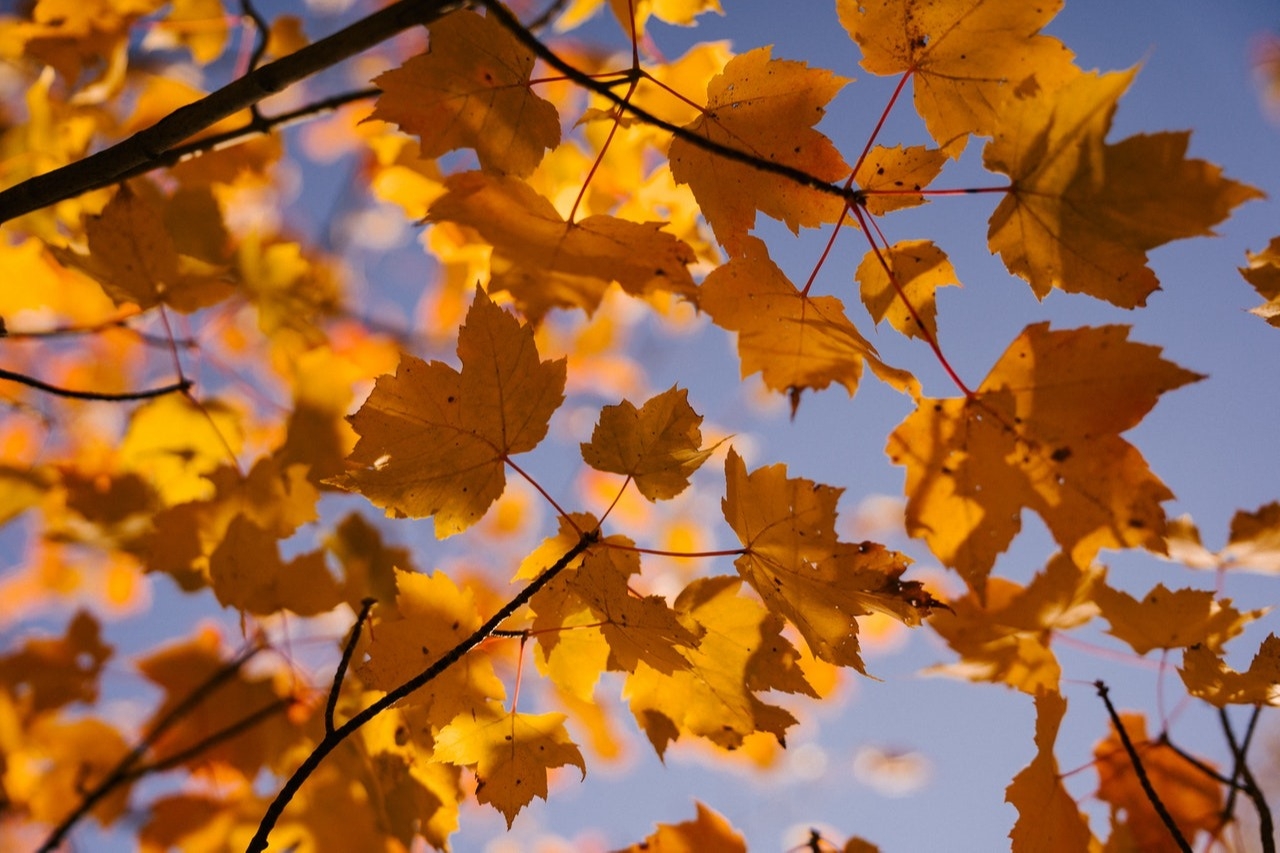Consider Denver Healthy Tree Care Services to Keep Your Trees Disease-Free
Trees are a beautiful part of any urban landscape, but tree diseases can infect trees and cause sudden decline or even death. While many people look to chemical controls to protect trees, most of these are largely ineffective. The best defense of diseases and pests is to keep trees healthy, fertilized, and adequately watered. Prevention of disease is key, and that’s where healthy tree care services come into play. If you are concerned about the health of your trees, contact Root Tree Service to develop a plan for keeping trees strong and free of disease.
Here are some of the more common Colorado tree diseases your trees should be monitored for.
Fungal Tree Diseases
Front Range trees are vulnerable to several different types of fungus, including:
Are you worried about the state of your trees? Our family-owned and -operated tree service can keep the foliage in your yard healthy and free of disease with proper maintenance. We serve the Denver metro area, and we look forward to serving you. Contact us today.
Go Back Here are some of the more common Colorado tree diseases your trees should be monitored for.
Fungal Tree Diseases
Front Range trees are vulnerable to several different types of fungus, including:
- Shoot blight. Spread during warm, wet conditions, this fungus affects new growth tissue on aspens and cottonwoods. Initial signs include brown or black areas that form on the leaves. These areas can be pruned during the tree’s dormant season to help control the disease.
- Marssonina leaf spot is common among aspens and cottonwoods located in the urban corridor. This disease causes mostly aesthetic damage and is contained in the leaves. Repeated infections, however, can ultimately weaken the tree.
- Septoria leaf spot is commonly associated with cottonwoods, but aspens can also become infected. It presents with tan leaf spots that turn brown or black over time. This is mostly aesthetic damage to the tree.
- Cytospera canker affects both trees and shrubs, attacking foliage that is already stressed. Blisters form on the bark of the limbs and may ooze sap. These will inhibit new growth and pruning if the diseased wood is recommended to help control the disease.
- Fireblight. Fruit-bearing trees, including crabapple, apple, and pear, and mountain ash trees along the front range are vulnerable to fireblight. This bacterial disease is transmitted via open wounds on a tree or from pollinators that transfer the bacteria to flower blossoms. When conditions are warm and wet, this can encourage the spread of blight—especially during the spring and early summer months. Trees that have fireblight develop curled and blackened tips that extend down branches toward the trunk. Leaves will often remain on the branches, turning black, which gives a burned appearance. Pruning of these severely affected branches should only be done during the dormant season to prevent spread.
- Bacterial wetwood. Another disease spread by bacteria is bacterial wetwood, which affects shade trees, such as cottonwoods, maples, willows, and aspens. Infected areas will have a yellow-brown discoloration on the bark that appears damp. The bacteria causes the slime to ooze from the tree's central core and has an unpleasant odor. The slime also attracts pests. Bacterial wetwood inhibits new growth and can eventually cause the tree to die.
Are you worried about the state of your trees? Our family-owned and -operated tree service can keep the foliage in your yard healthy and free of disease with proper maintenance. We serve the Denver metro area, and we look forward to serving you. Contact us today.
